How to Choose the Right Press Brake
Press brakes are an essential machine for bending metal. They’re used to create more complicated bends that other rollers aren’t generally equipped to handle. Many factors go into the operation of press brakes and choosing the right one can be difficult. To help you make the right choice, here are five essential attributes to keep in mind.
• Power Usage
You’ll need to keep how much power your press brake is going to use in the back of your mind as you’re shopping around. Your building may not support the amount of drain required by the press brake. This can be a problem, especially if a high-energy model is precisely what you need.
To rule out constraints or safety concerns, check your electrical system for compatibility first. Ensure that your electrical system supports your press brake's power demands, or find a way to increase your power supply.
• Installation Space and Height
Press brakes demand a significant amount of space, and they don't usually fit into smaller rooms. You may be tempted to opt for a smaller press brake to cut down on space consumption, but smaller isn’t always better—in fact, it can even be dangerous.
For special projects, larger machines are a must. They'll make your life easier, too, because they're more durable and rugged over time.
• Tooling and Other Accessories
Certain types of tooling may only be used if your machine is tall enough and strong enough for the job. Moreover, not all toolings and accessories share compatibility with every model. Rule out contraindications before you shop, so you aren't left purchasing new tools.
Ensuring that your new press brake has the necessary software and hardware to handle the toolings you use is also a must. This issue isn't typical, at least with newer machines, but it's important enough that all buyers should rule it out. Create a list of the types of toolings and unique parts you use on a regular basis; then, ask your seller to clarify specifications to see if they match.
• Materials You’re Working With
The type of metal you use most often is a significant factor in choosing a press brake. You may work with all sorts of metals, but you should pick a machine that specializes in the material you use most often. Consider the thickness, length, and flange length of the material as well. Be aware of any other unique characteristics that go into the types of bends you frequently make. This may include tensile strength and the number of bends performed in an average project.
• Types of Axes
The type, and number, of axes you use for your project also matters. Generally speaking, you’ll gain more precision with your end product by having more axes available for use. A higher number of axes also helps the end user complete projects that initially sound easy, but require more complicated bends as you proceed. Determine the average needs of your client base to find out exactly what type of press brake you need.
Reach Out to Quantum Machinery Group for More Information
Press brakes are more complicated than other metal bending machines, so it's vital to ensure you buy the right type of equipment. You can only enjoy safe and timely operation if you use your new press brake correctly, in the right roles, for the right projects. Quantum Machinery Group specializes in providing industry-leading equipment that gives your company an edge.



